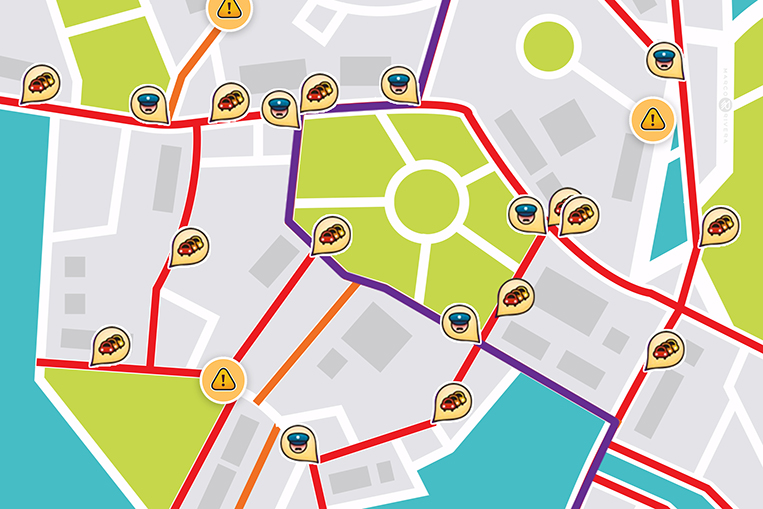
Since the Land Transportation Franchising and Regulatory Board announced that the number of cars allowed to operate under transport network companies (TNC) like Grab and Uber would be capped at only 45,000 in Metro Manila, 500 in Cebu and 200 in Pampanga—total and not per ride-sharing company—the Internet has been ablaze with angry comments and graphic suggestions of just exactly where the agency can go and stick that idea. Angry commuters have picked up their digital pitchforks in search of some real blood, but as with all such stories, there are two sides to this coin. This truth may hurt, but it’s also an opportunity to change for the better. Allow me to explain.
The massive reduction in numbers for TNC cars—from an estimated 125,000 to just 45,000 in Metro Manila—will undoubtedly lead to a serious increase in the stress levels of commuters and anyone else who has become accustomed to hailing a ride with the press of a button. The bad news is that we all have been duped and made the victims of an elaborate scam. We have been sold a shiny illusion, an unsustainable idea wrapped in marketing dollars and presented to us by paid influencers and publications we thought we could trust. The truth of the matter is that the future of Metro Manila’s mass transport does not—and cannot—lie in the back seat of a Grab Car or an Uber X.
Before this latest announcement, there had been repeated calls—passionate (or paid) pleas even—by some people to not ever introduce a limit on the number of ride-sharing cars being allowed to operate on the streets of the nation’s capital. But not limiting the number of Ubers and Grabs is naive at best and malicious at worst. The outcome of such a policy would not be that “the market will take care of it,” as the people calling for it often claim. No, the outcome would be chaos and total gridlock much worse than what we already have now. Thousands more people would die as the result of the added pollution and increased traffic levels. It’s like people have been hypnotized into the blind belief that cars are the solution to their transportation problems, when in fact cars are actually part of that very problem (Uber itself has said so).
The truth is that the future of Metro Manila’s mass transport does not—and cannot—lie in the back seat of a Grab or Uber car
Whether the limit for Metro Manila should be 45,000 units stands to be debated, but my suspicion is that the LTFRB is erring on the side of caution here and may allow more if the situation proves necessary and sustainable. It’s easier to add more cars to the pool than to take some away. Understandably, people are (again) angry at the agency, but that anger is misdirected. Damned if they do and damned if they don’t, the LTFRB did what it thought was right to ensure a manageable future for road traffic in this megalopolis. If you want to complain to anyone, complain to the greedy politicians who have pocketed billions of pesos instead of spending it on efficient mass-transport systems, or the corrupt officials who allow more and more condos to be built without giving a hoot about city planning. Foreign cities where real politicians do real work and actually care about the people who elected them, do not have these issues.
My point is a very simple one: Nothing the LTFRB does or can do will resolve the overall mess we’re in. The problem lies deeper, and it’s time we all started changing. One easy way is to switch to two wheels for the purpose of transportation, and while motorbike sales are increasing, the Philippines is still the odd one out in Asia in this respect, where most countries have first embraced motorcycles before moving on to cars as local buying power and overall prosperity increased.
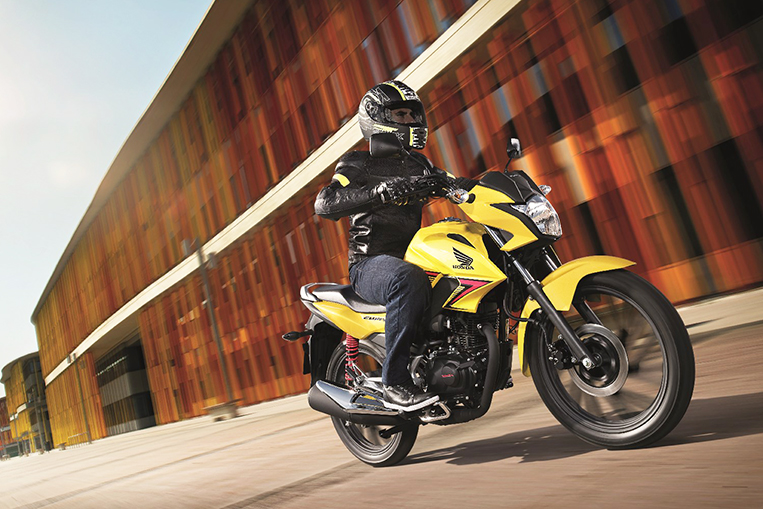
Thailand has around 70 million inhabitants and at least 20 million motorcycles registered in the country, meaning one in 3.5 persons travels on two wheels. Indonesia is home to 260 million people and an estimated 80 million motorbikes (at least 15 million of them in Jakarta alone, compared to ‘just’ 5.2 million cars in the city, according to the Jakarta transport council), giving a motorcycle-to-population ratio of 1:3.25. And nobody can match the king of motorcycles, Vietnam, where a population of around 92 million own 45 million registered motorbikes. This means almost every other person travels on two wheels instead of four.
Things are a bit different here: According to the 2016 Land Transportation Office annual report, 1,425,956 new motorbikes were registered in the country and 2,707,349 registrations were renewed that year, giving a total of 4,133,305 motorbikes for a population of around 100 million, meaning only one in 24 Filipinos rides a motorcycle. In the Philippines, citizens have been able to go straight from having no personal transportation to owning a car, and the result is the mess we are in now.
This mess, however, is also an amazing opportunity to set the right course for the future. Instead of buying a car, consider buying an electric motorcycle, a scooter or a bicycle. Rally everyone from your employer to your political representatives to offer better facilities for electric bike users and bicycle riders, from charging points and changing rooms to bicycle lanes and even things like bike boxes at traffic lights, as used in places like Taiwan. There is no point in waiting for the much-publicized subway to be constructed or for the MRT to finally work properly. Now is our chance to make a meaningful move away from cars and toward a better, healthier and safer motoring future. Please don’t waste it.


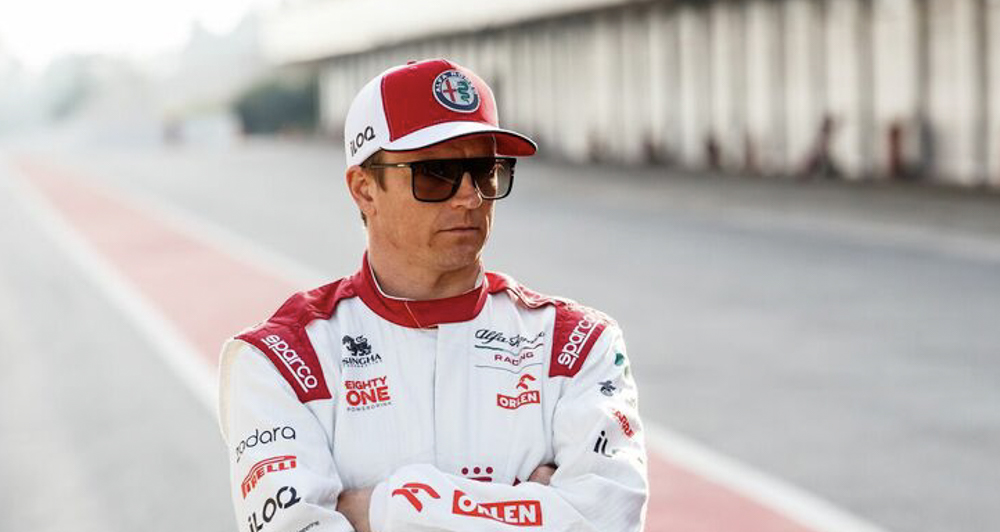
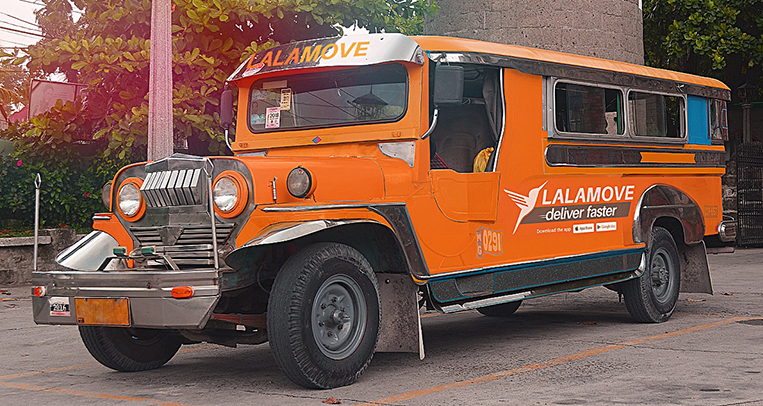

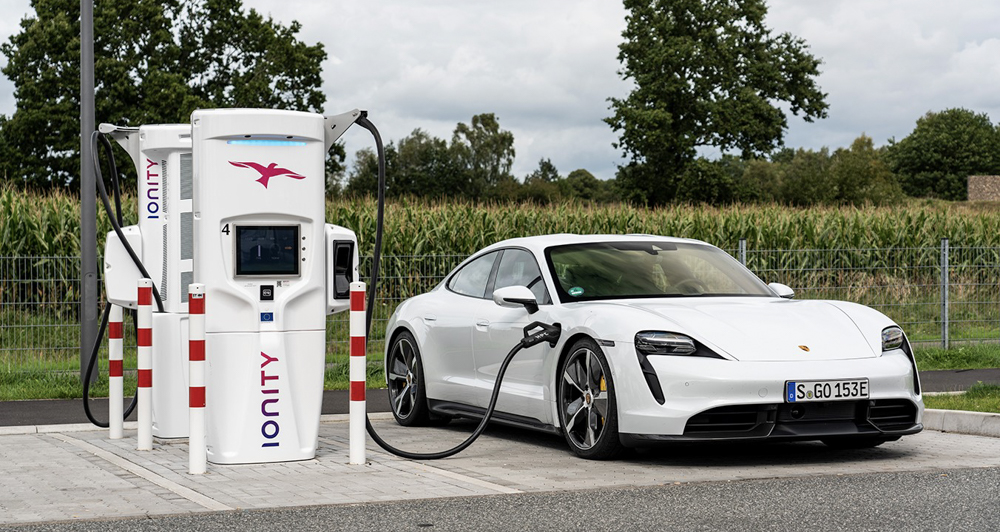





Comments